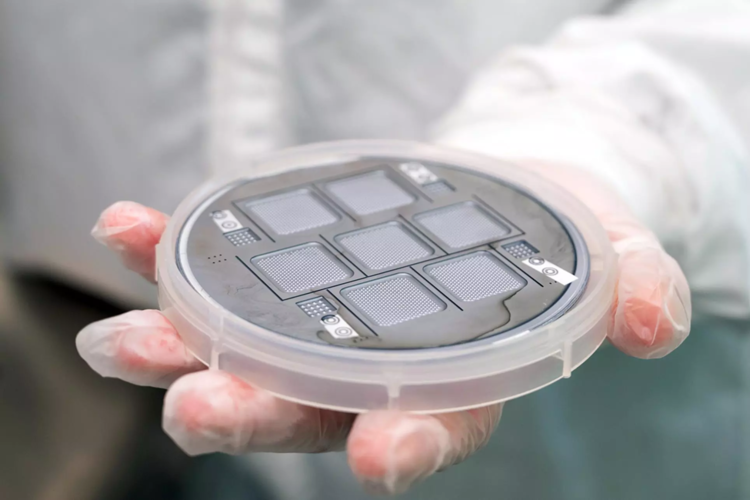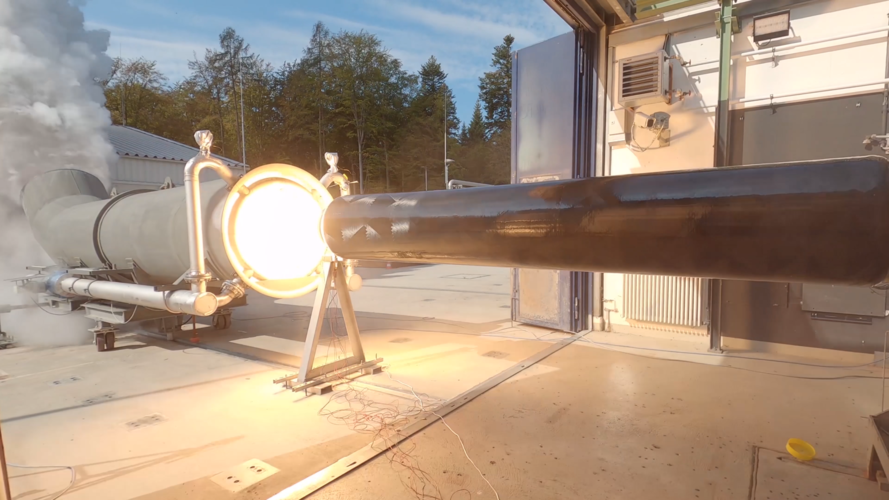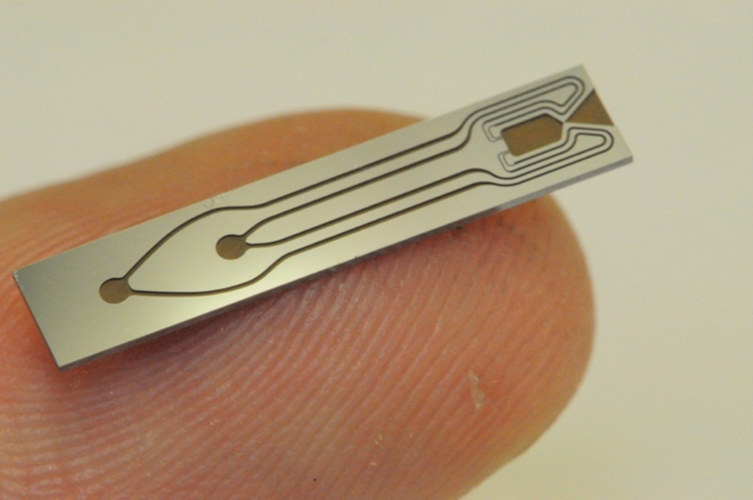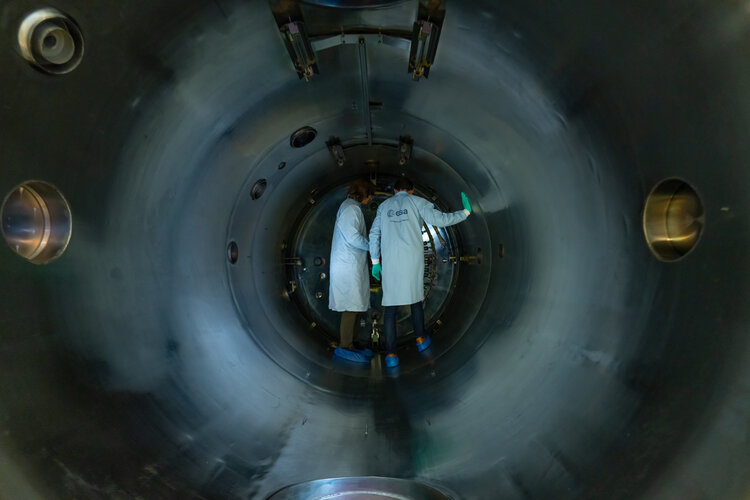ESA Propulsion Laboratory
The ESA Propulsion Laboratory (EPL) is an operational facility at ESTEC in the spacecraft propulsion testing field.
The ESA Propulsion Laboratory (EPL) is an operational facility at ESTEC in the spacecraft propulsion testing field. The EPL provides test services to the ESA Propulsion and Aerothermodynamics Division, which is responsible at European Space Agency for R&D activities and support to projects in the areas of chemical propulsion, electric and advanced propulsion and aerothermodynamics.
For testing requests, access to lab facilities, training and consultancy services, please refer to:

Measurements for electric and cold-gas thrusters and components
When applicable, the EPL also provides technical advice and support to external organisations for subjects related to propulsion testing and test facilities. Much of the Lab’s work involves characterising engine performance during firing. EPL holds an ISO 9001 certificate and can perform measurements for electric and cold-gas thrusters and components. It exploits in-house procedures, which have demonstrated to be reliable and repeatable for measuring thrust, mass flow and electrical parameters related to propulsion system operations, along with related calibration processes. The laboratory offers also the possibility to perform endurance test campaigns, useful to verify the thrusters performance evolution over time. They can be extended for hundreds or even thousands of hours at a time.
Vacuum chambers Instruments & technical parameters
7 CHAMBERS:
#1 FEEP
#2 Galileo
#3 Gigant
#4 Corona
#5 Electron
#6 MicroNewton
#7 SPF
Main chamber dimensions [m]
Ø0.8 x 1.3
Ø1 x 1.2
Ø1.6 x 2.5
Ø2 x 5
Ø0.8 x 0.5
Ø0.5 x 0.65
Ø2 x 4
Auxiliary chamber dimensions [m]
Ø0.3 x 3
0
Ø0.4 x 0.8
Ø1 x 1.2
0
0
0
PUMPS:
- Scroll
0
0
1x
3x
1x
1x
2x
- Rotary
1x
1x
1x
0
0
0
1x
- Roots Blower
1x
1x
1x
0
0
0
1x
- Turbo
1x
1x
2x
3x
1x
1x
2x
- Cryogenic Pump
3x
1x
2x
1x
0
0
1x
- Cryogenic Head
0
2x
4x
6x
0
0
4x
- Ion Pump
0
0
0
0
0
1x
0
Pumping Speed [L/s]
5,000 (N2)
23,600 (Xe)
53,400 (Xe)
80,000 (Xe)
260 (N2)
500 (N2)
25,000 (Xe)
Beam target
No
No
Yes
Yes
No
No
No
Bake–out system
Yes
Yes
Yes
Yes
No
No
No
EPL Thrust Balances Instruments & technical parameters
Instruments
Range
Uncertainty (best practice)
Resolution
Description
Alta 1–axis optical thrust stand
5-500 mN
±2 mN
Variable
Inversed pendulum with optical strain gauges
Alta Low thrust balance
0.2 - 10 mN
±2 mN
Variable
Inversed pendulum with laser displacement probe
Mettler–Toledo AX504
500 g = 5N
±10 µN
0.1 mg ≡ 1 µN
Modified commercial load–cell
Mettler–Toledo XP2004S
2.3 kg = 23N
±10 µN
0.1 mg ≡ 1 µN
Modified commercial load–cell
NPL micro–thrust balance
1 µN – 1 mN
±0.1 µN
0.1 µN
Null–force folded pendulum (under development)
IRS Impulse Thrust Balance
ìNs - mNs
Modified commercial load–cell
ICL Thrust Balance
1- 600 mN
Flexures dependant
±0.1 mN
Modified commercial load–cell
XPR2004SC
2.3 kg
±0.1 mg
Modified commercial load–cell
Services
Testing
- Performance Evaluation
- Qualification Tests & Validation Tests
- Test Methods Development
- Life Testing
- Anomaly Investigations
- Characterisation
Measurements
- Thrust Measurement
- Efficiency/Specific Impulse Measurement
Simulation
- Modelling
- EcosimPro Simulation Tool Applied to Propulsion System Modelling
Simplified Access to Labs
- Equipment accessible
WE CAN HELP YOU GET THE BEST OUT OF OUR LABORATORIES
FOR FURTHER INFORMATION REGARDING THE ACCESS TO THE LABORATORY
Contact us via email






